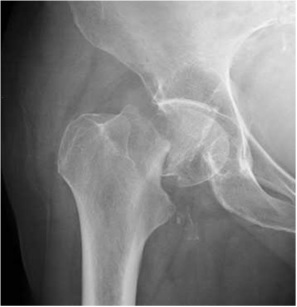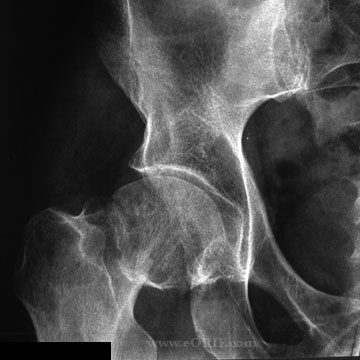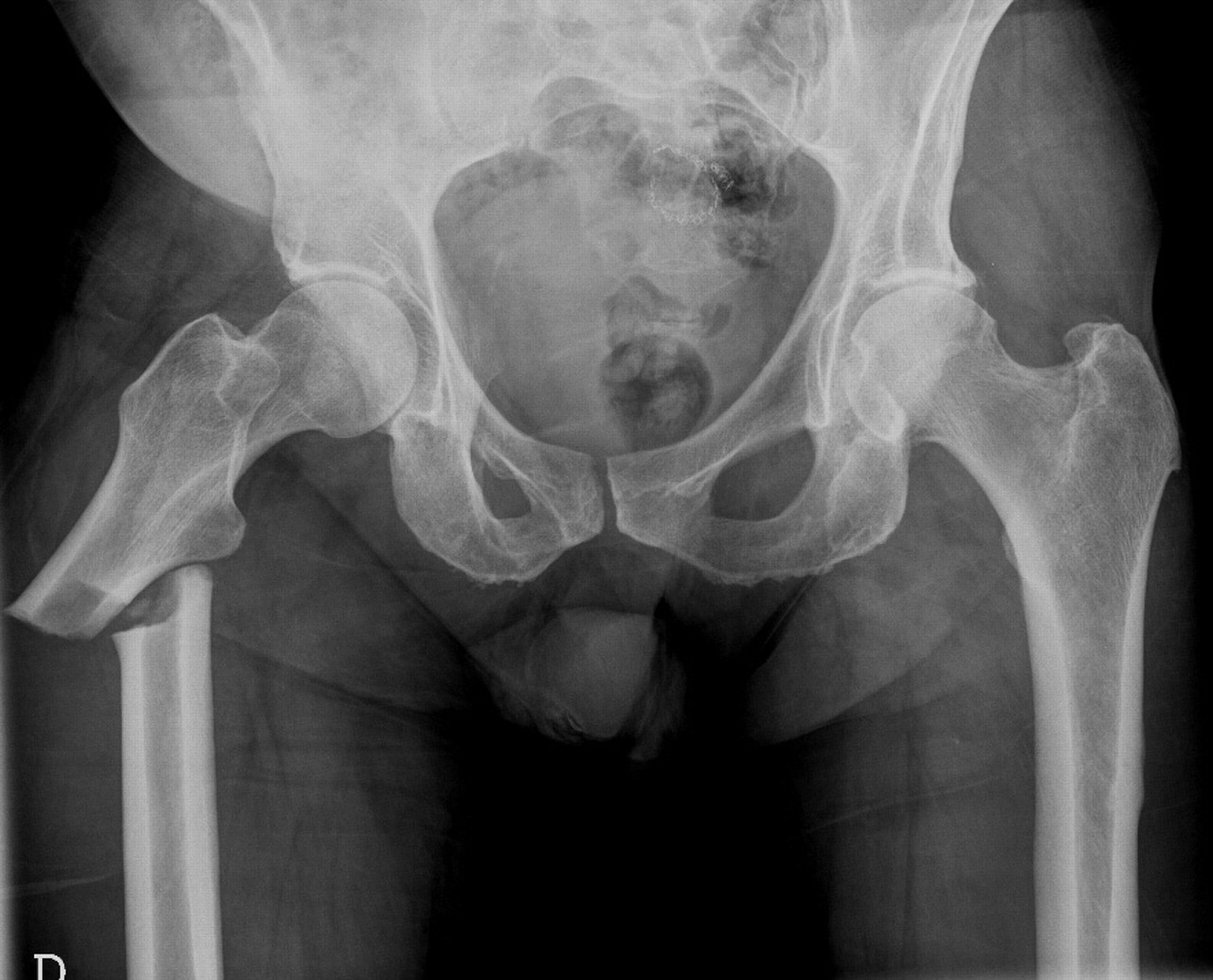

As a result, most surgeons recommend operative intervention so that patients can be mobilized and cared for with the least pain possible. Even in patients at the end of life, this can be an awful process. Without surgery, most patients with a broken hip develop bed sores, pneumonia, recurrent urinary tract infections and experience continued pain. When patients are extremely ill and have displaced, unstable hip fractures, families often ask if surgery should be done at all. Isolated greater trochanteric hip fractures can be treated non-surgically. Very few fractured hips in adults are treated without surgery. Physical therapy may be an option if non-surgical treatment is recommended. Depending on the location and stability of the fracture, your doctor will develop a personalized treatment plan according to your age, physical condition and medical history. Hip fractures are generally treated with surgery. Hip Fracture X-Ray Hip Fracture Treatment & Surgery Sometimes an MRI is ordered for small fractures or to help diagnose stress fractures that do not show up on plain x-rays. If multiple cracks exist, a CT(Computed Tomography) scan is often ordered to help plan treatment and surgery. Often 2 or more x-rays are taken to show the injury pattern. This helps doctors and patients make an informed decision on treatment. X-rays are used to evaluate the location and severity of the broken bone. It is important for doctors to ask patients if they have a history of cancer because some types of cancer can weaken bone and lead to fractures.

Just because a patient can walk does not mean that they don’t have a broken bone. As expected, almost all patients with a broken hip have hip pain. To diagnose a hip fracture, your doctor will use a physical examination and imaging tests. Various muscles that allow patients to flex and extend the hip and bring the leg out to the side attach to these bones. It provides stability and supports the entire body weight for walking, running and jumping. The upper part of the femur which includes the femoral head, femoral neck and proximal femoral shaft makes up the bottom half of the hip joint. Surgeons broadly classify fractures into femoral neck fractures, intertrochanteric femur fractures, greater trochanteric femur fractures and subtrochanteric femur fractures. The type of break is important because it determines if surgery is required and what type of operation is needed. These broken hips are described according to where and how the bone breaks.
#FEMORAL NECK FRACTURE X RAY CRACK#
The hip can be broken into many pieces or just crack slightly depending on the quality of bone and the type of injury. These fractures usually result from high energy injuries such as car accidents in younger patients and most often from falls in the elderly patient.

Hip Fracture (Broken Hip) What is a Hip Fracture?Ī hip fracture is a break of the top part of the femur or thigh bone. John Zebrack, MD General Orthopedic Surgery Jeffrey Webster, MD General Orthopedic Surgery Nichole Joslyn, MD Hand & Upper Extremity Thomas Christensen, MD Hand & Upper Extremity James Christensen, MD Hand & Upper Extremity Nikola Babovic, MD Hand & Upper Extremity


 0 kommentar(er)
0 kommentar(er)
